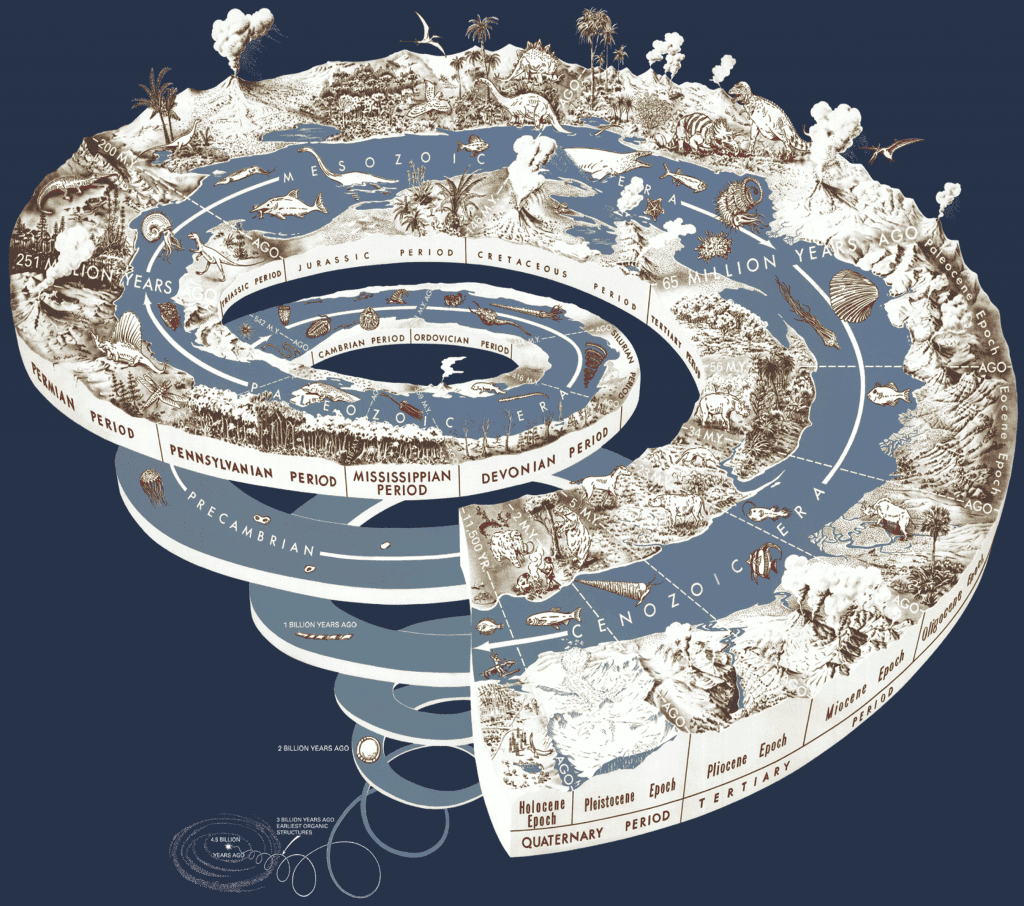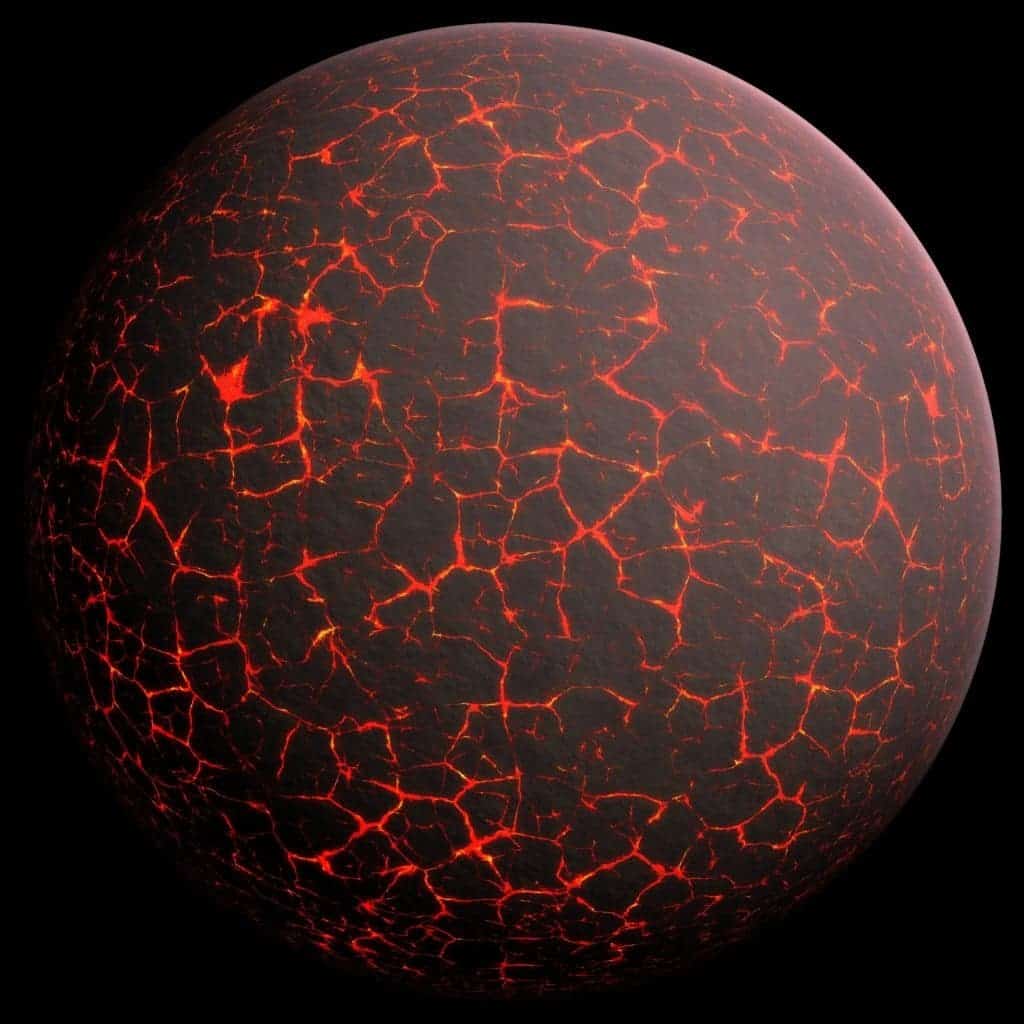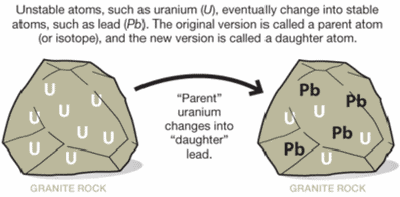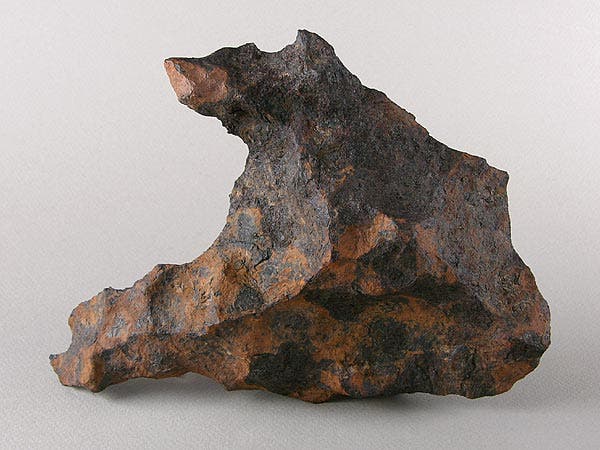The age of the Earth is 4.54 billion years – plus or minus 1% (0.05 billion years). But how do we know this?

People have been trying to estimate the age of the Earth for thousands of years. All mythologies have their own creation myths, while some Ancient thinkers like Aristotle thought our planet was eternal. In 1654, the Archbishop James Ussher of Ireland calculated the age of all the Biblical generations and reported that the Earth was 4004 years old. Of course, none of those are true, but how do we know it?
Early calculations
Before modern science, the age of the Earth remained virtually unknown. In 1862, the physicist Lord Kelvin published the first thorough calculations, placing the planet’s age anywhere between 20 million and 400 million years. He correctly assumed that the Earth formed as a completely molten object and tried to determine the amount of time it would take to cool down to the current temperature.

Biologists and geologists had a very hard time accepting this theory – for both of the fields, the time was too short to be plausible. But other physicists, including Darwin’s son, supported the theory, placing the age between 20 and 40 million years. However, the calculations were faulty because they didn’t take account heat produced via radioactive decay, a process then unknown to science. In 1900, John Joly calculated the rate at which the oceans should have accumulated salt from erosion processes and came up with an age of about 100 million years, but that was way off too. It wasn’t until science developed much more that the means for adequately estimating the age of the Earth became available.
Radiometric dating
All matter is made up of atomic elements, each with their own atomic element. However, some atoms are also isotopes – which means that they have more (or less) neutrons in the nucleus. Some of them are inherently unstable, which means that they will undergo radioactive decay and transform into a different isotope. It’s impossible to know when one atom will decay, but if you have many enough atoms, the decay rate can be calculated and described by a parameter known as the half-life, usually given in units of years. Many rocks contain radioactive isotopes, and the decay process generates exotic elements. If you measure the concentration of exotic elements and you know the half-life, then you can estimate the age of the rock.

There was a great deal of excitement around radiometric dating in the early 1900s, but after a series of faulty calculations and small but significant errors, most people had just given up. But a British geologist called Arthur Holmes didn’t give up. He eventually pioneered the use of radiometric dating of minerals and was the first geologist to understand that a factor had been overlooked: mantle convection. His research not only implemented radiometric dating as a viable dating method, but also pave the way for the acceptance of plate tectonics. Holmes published The Age of the Earth, an Introduction to Geological Ideas in 1927 in which he presented a range of 1.6 to 3.0 billion years – a sufficiently accurate estimate for the time.
Techniques continued to be fine tuned especially in the 1960s, with tests being conducted on a number of materials – more finer researchers pushed the age of the Earth back even more, ultimately starting to revolve around the 4.5 billion years.
Using meteorites
An American geochemist called Clair Cameron Patterson used lead-lead dating on several meteorites including the Canyon Diablo meteorite and published his data in 1956. The age he came up with was 4.55 billion years – a difference of 1% from today’s accepted value. Some meteorites are thought to consist of the same material as Earth’s initial accretion disk, and therefore their age and the Earth’s age are similar.

This age has been confirmed by hundreds of other subsequent determinations, both from terrestrial samples and other meteorites. The meteorite samples show a spread from 4.53 to 4.58 billion years, and this gap is interpreted as the formation of the solar nebula and collapse into the solar disk that formed the Sun and the Earth.
Plate tectonics continuously recycles the Earth’s crust, and there aren’t any primordial rocks still available on the surface (or if there are, we haven’t found them yet). Zircon minerals showed us that the Earth is at least 4.374 billion years old, but it could definitely be older.
The Age of the Earth
So, as mentioned in the first paragraph, the accepted age of the Earth is 4.54 ± 0.05 billion years. We know this through radiometric dating, which is the best available method of assessing this age.






